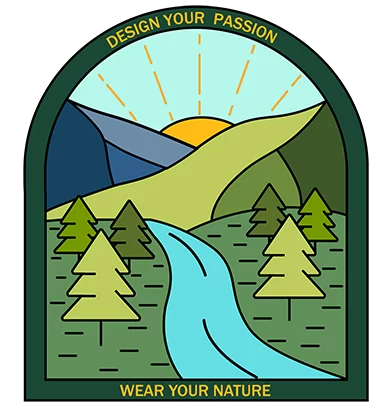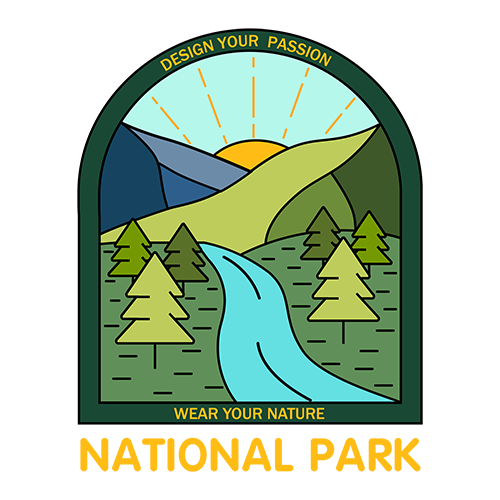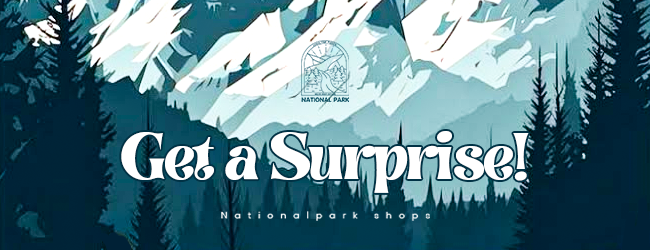Yellowstone National Park is renowned for its breathtaking landscapes, abundant wildlife, and unique geological features. However, one of the park’s lesser-known attractions is its exceptional fishing opportunities. From the crystal-clear rivers and streams to the serene lakes, Yellowstone offers anglers a chance to experience some of the best freshwater fishing in the United States. In this comprehensive guide, nationalparkshops.com will explore the ins and outs of Yellowstone National Park fishing with you, providing you with the essential tips and information to make the most of your angling adventure.
Yellowstone National Park Fishing Overview
Yellowstone Lake is the biggest body of water in Yellowstone National Park and also the largest lake above 7,000 feet in North America. The lake is inhabited by native Cutthroat Trout and non-native Lake Trout. In Yellowstone Lake, Lake Trout are considered undesirable and park rules mandate that anglers must keep or eliminate all the Lake Trout they catch. Non-native fish, such as Lake Trout, compete directly with native Cutthroat Trout and harm the native population.
Due to its excellent fishing conditions and stunning views, Yellowstone Lake offers a great fishing spot for people of all ages. Boating season on the lake starts on the Saturday of Memorial Day weekend and continues until October 31st.
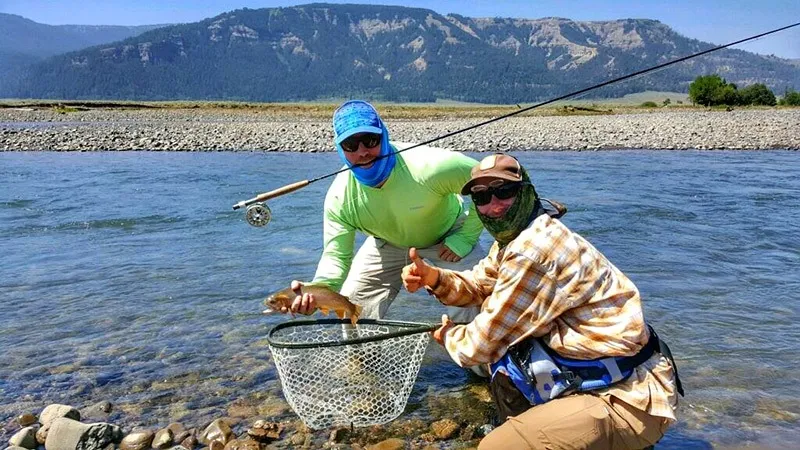
READ MORE:
Tips for Fishing in Yellowstone National Park
Yellowstone National Park fishing requires a bit of preparation and knowledge to ensure a successful and enjoyable experience.
Check time, date and weather
Yellowstone National Park does not allow fishing all year round. The fishing season typically starts on the Saturday of Memorial Day weekend and continues until Halloween. However, it’s essential to note that not all rivers and lakes within the park are open for fishing during this season. For instance, the Yellowstone River is closed to anglers until July 1st, highlighting that there are exceptions to the general season dates.
Additionally, Yellowstone National Park fishing is only permitted between sunrise and sunset. Using artificial lights or engaging in night fishing is strictly prohibited to protect the natural environment and wildlife within the park. Visitors must adhere to these regulations to ensure the preservation of the park’s ecosystem for future generations to enjoy.
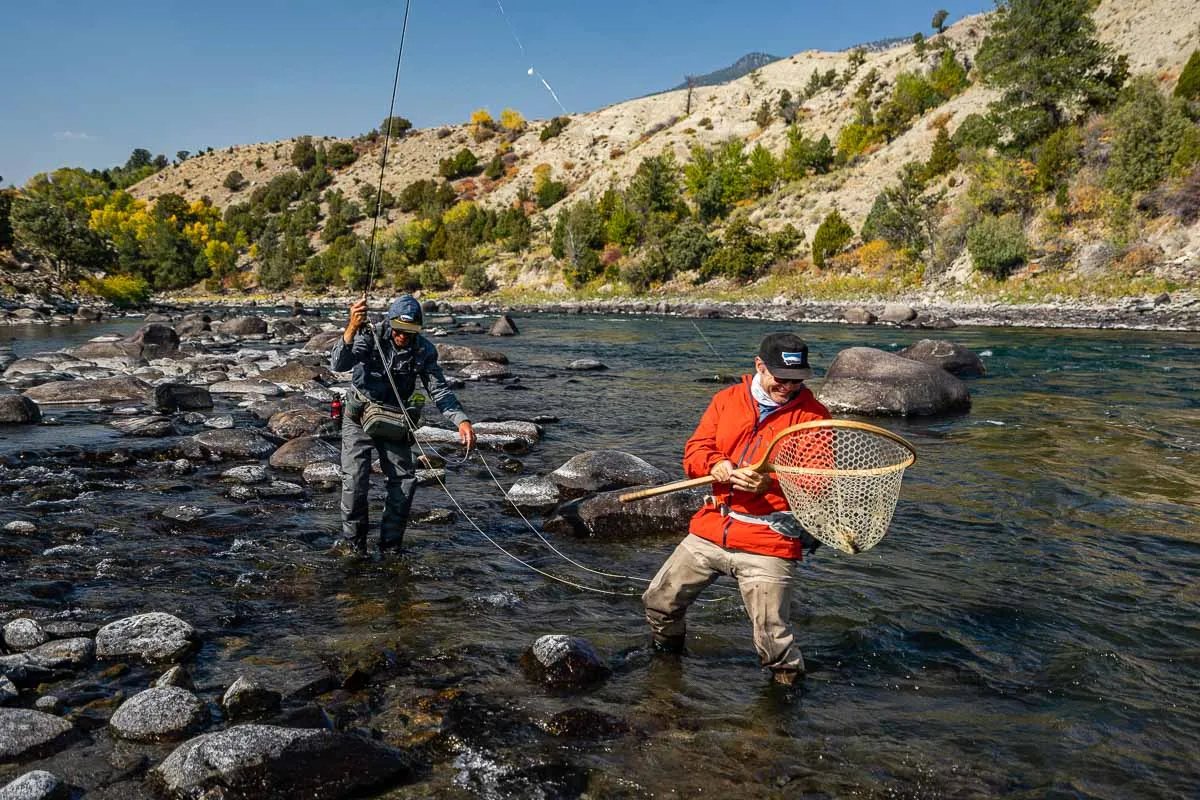
Get a Permit
Fishing in Yellowstone National Park requires a valid fishing permit, which can be obtained from the park’s entrance stations, visitor centers, or online through the National Park Service website. Anglers must have their permit in possession while fishing and be prepared to present it to park rangers upon request.
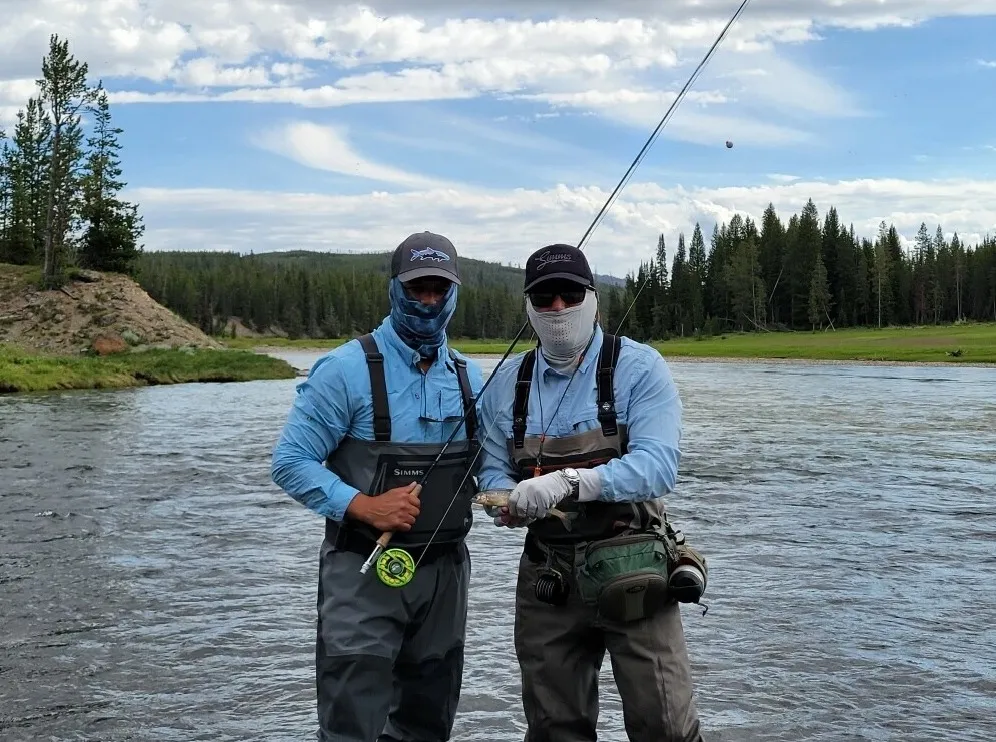
Research the waters
The primary attraction for fishing in the park is trying to catch the native Yellowstone cutthroat trout, but there is a high chance of also catching other non-native species such as rainbow, brown, and brook trout. Regulations may mandate that you either release or eliminate the non-native fish based on the specific area.
It is crucial to conduct thorough research. Each water source has its own regulations regarding whether you can keep or release fish, so it is important to be well informed to avoid any penalties.
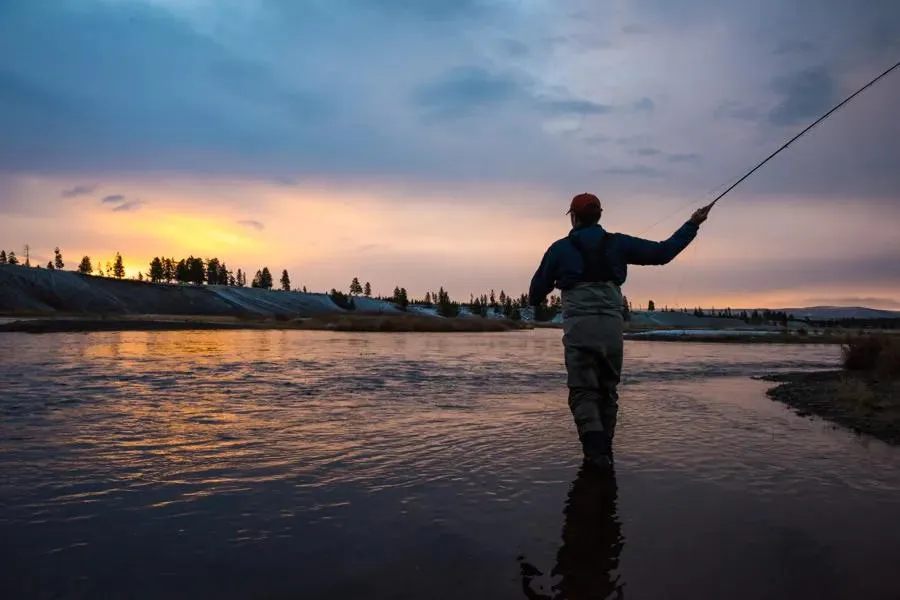
Fish Identification
Yellowstone National Park is home to a diverse array of fish species, each with its own unique characteristics and behaviors. Familiarizing yourself with the different fish species and their identifying features can help you target the right fish and ensure you’re in compliance with the park’s fishing regulations.
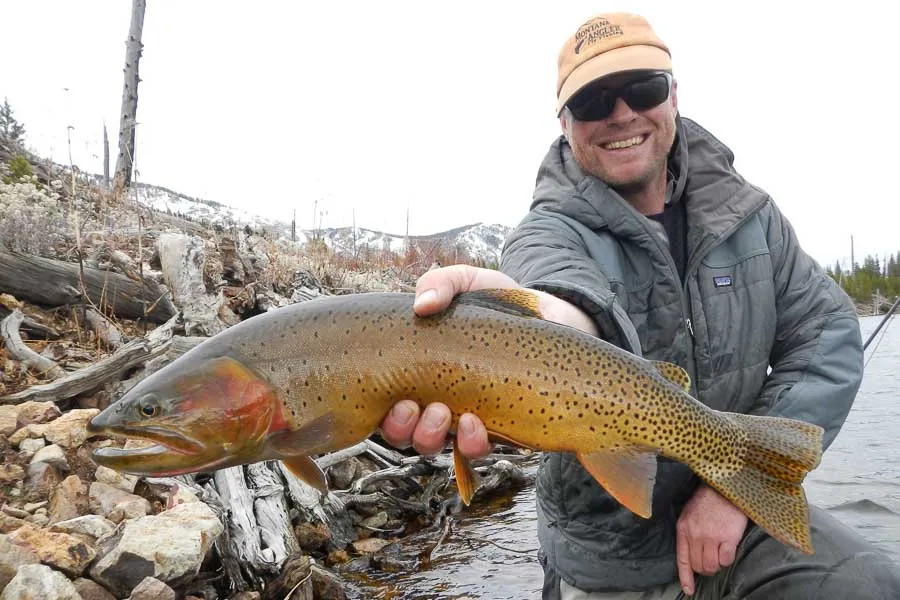
Fish handling
In Yellowstone National Park, it is extremely important to handle fish properly due to the park’s focus on conservation and protecting the natural environment. Anglers participating in Yellowstone National Park fishing are advised to treat fish gently, ensuring they spend minimal time out of the water and avoiding causing any unnecessary harm or stress to the fish.
This approach is essential for maintaining the delicate balance of the park’s ecosystem and safeguarding the well-being of its aquatic inhabitants. Proper fish handling techniques not only benefit the individual fish but also contribute to the overall health and sustainability of the park’s diverse aquatic life.
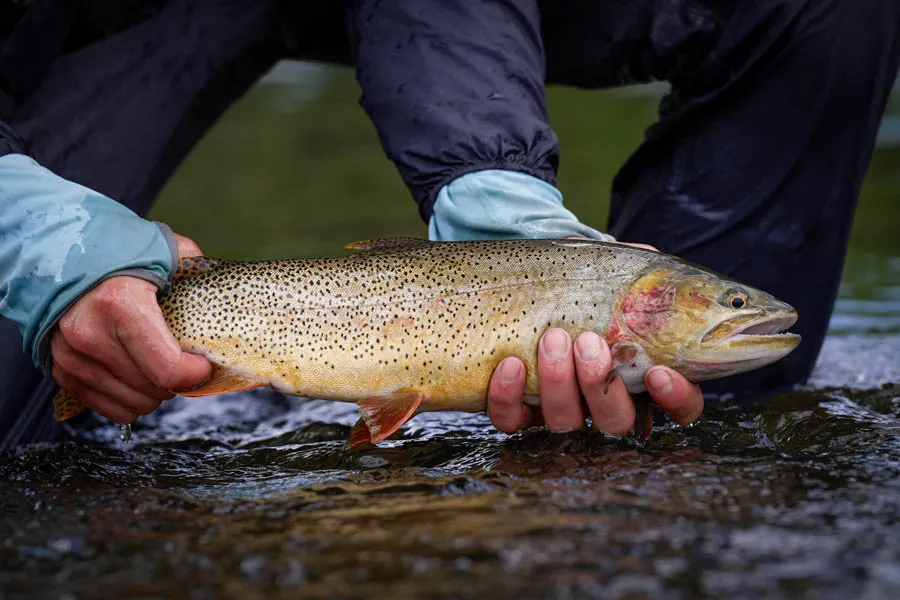
Fully Prepared fishing gear, vessels and tackle
When Yellowstone National Park fishing, it is essential to have the right gear and equipment to ensure a successful and safe experience. To make the most of your fishing trip, be sure to bring along the following items:
- Make sure you have appropriate fishing rods, reels, and lines for the type of fishing you plan to do.
- Bring a varied selection of lures, flies, and bait to attract different types of fish.
- Don’t forget a landing net to help you safely bring in your catch.
- Pliers or forceps are handy tools for removing hooks from fish.
- Waders or water-resistant footwear will keep you dry and comfortable while fishing in streams or rivers.
- Protect yourself from the sun by wearing a hat, sunglasses, and sunscreen.
- Insect repellent can help ward off pesky bugs that may bother you while fishing.
- It’s always a good idea to have a first-aid kit on hand in case of any minor injuries.
- Keep your personal items dry by using a dry bag or waterproof container.
- If you plan to fish from a boat or raft, ensure you have the necessary safety equipment such as life jackets. Familiarize yourself with the waterways and potential hazards to stay safe while out on the water.
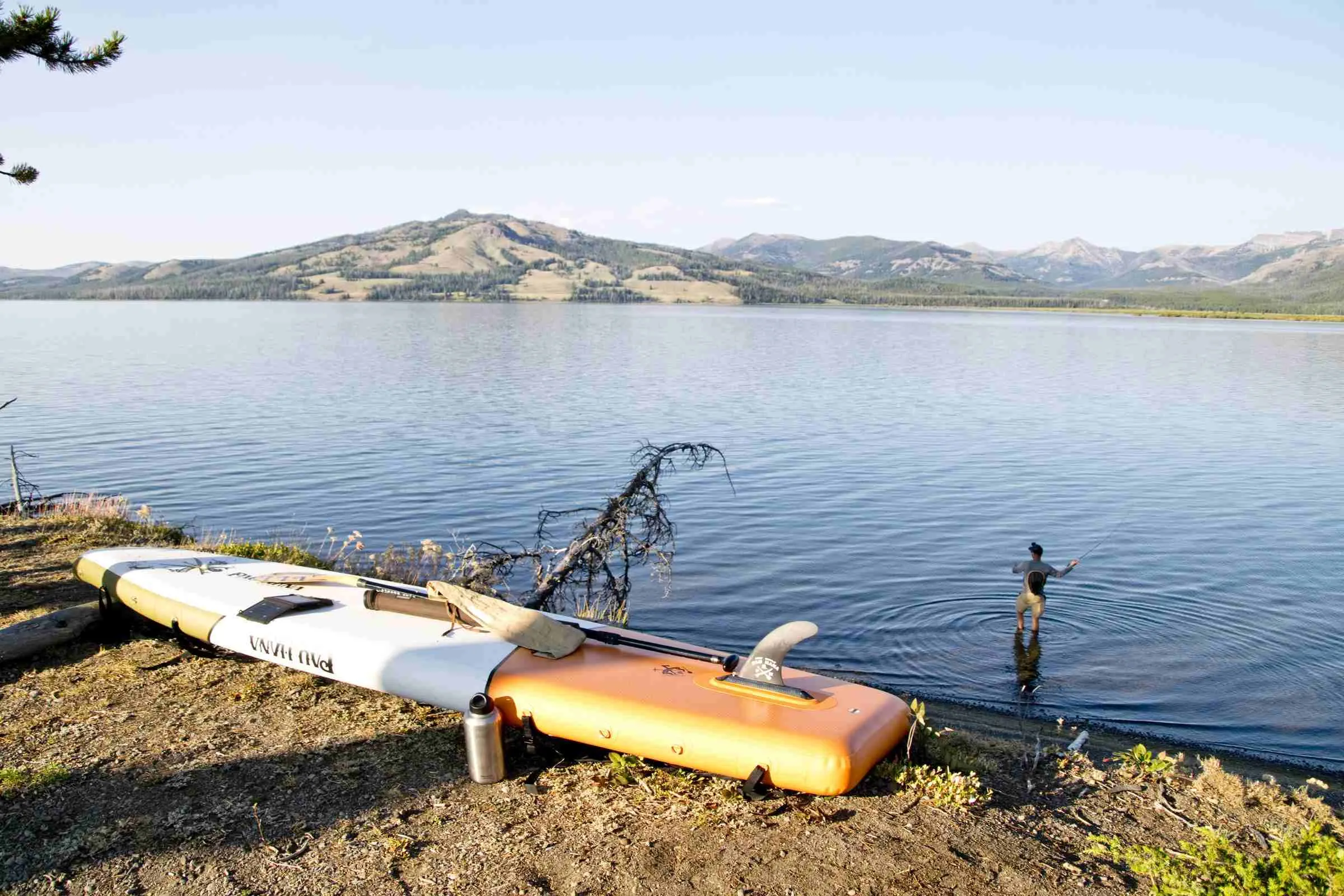
Fishing Regulations in Yellowstone National Park
Yellowstone National Park fishing uses one rod or line to catch fish. No other methods are allowed.
The fishing season runs from Memorial Day weekend through October 31, with some exceptions for specific areas. Fishing hours are from sunrise to sunset, and using artificial light is not allowed. Some areas have restrictions like trail closures or limits on group size.
Anglers aged 16 and above need a valid park fishing permit. Rangers may check permits and inspect fishing gear. Children 15 and under can fish with an adult who has a permit or get a free permit signed by an adult to fish unsupervised. The adult is responsible for ensuring the child follows all fishing rules.
- Anglers are allowed to use only one rod, which must be closely monitored and used for fishing purposes only. Deliberately snagging fish is not allowed.
- Only lead-free artificial lures like spoons, spinners, or flies are permitted for use.
- Leaded fishing tackle such as split-shot sinkers weighted with lead is prohibited.
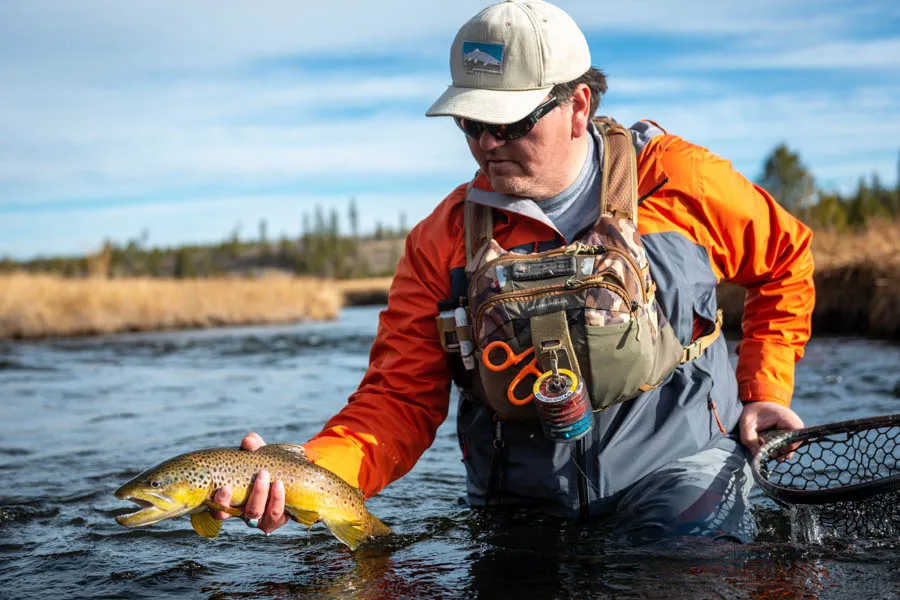
Conclusion
Yellowstone National Park fishing is a unique and thrilling experience that offers anglers the opportunity to connect with nature and pursue some of the most iconic freshwater fish species in the United States. Remember to always prioritize conservation and responsible angling practices, as the health and sustainability of Yellowstone’s fisheries are crucial to the park’s delicate ecosystem. With the right preparation, knowledge, and respect for the environment, you can create lasting memories and contribute to the preservation of this incredible national treasure.
Read More:
